Gray's Reef National Marine Sanctuary is an ocean park teeming with life. The natural live-bottom habitats of the sanctuary are representative of others across the region. The sanctuary provides year-round opportunities for sport fishing, recreational diving, and boating. The research area within the sanctuary hosts one of the only designated no-take zones in the region, which makes Gray's Reef a catalyst for scientific research studying water quality, ocean noise, hurricane prediction, and climate change.
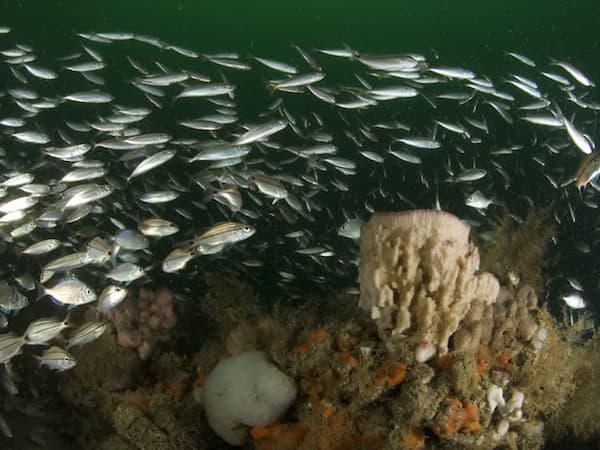
The live-bottom habitats of Gray's Reef National Marine Sanctuary are representative of similar ocean habitats across the southeast U.S. and attract a diversity of marine life.
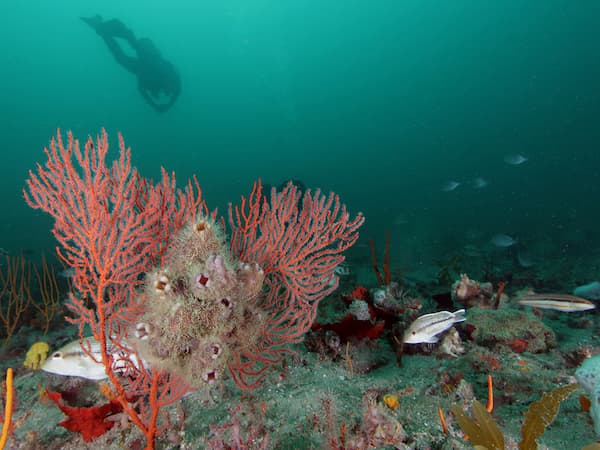
The sanctuary connects with other groups in the areas to highlight the connection between the live-bottom reef and the other ecosystems in the region.
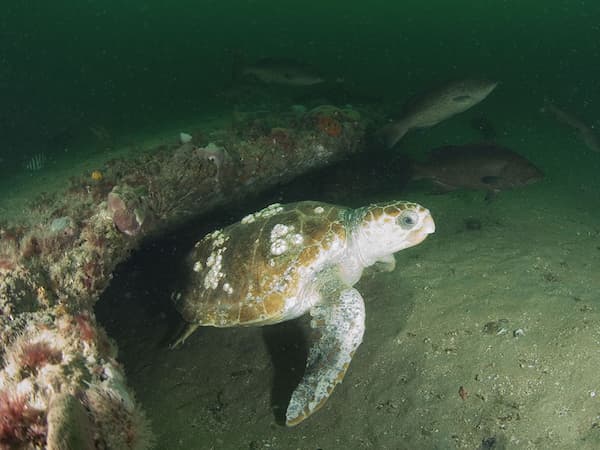
Make the most of your trip to Gray's Reef National Marine Sanctuary with answers and resources for these frequently asked questions.
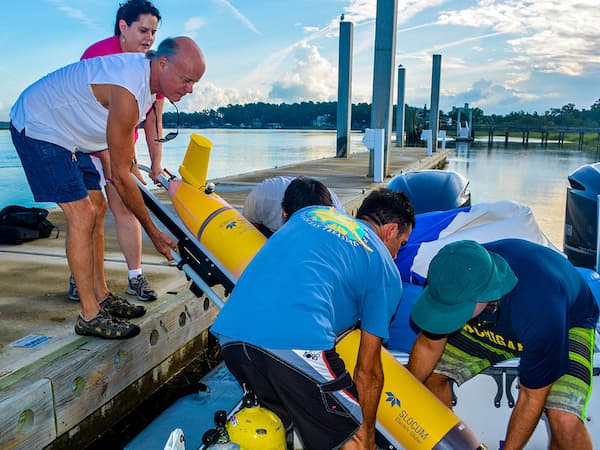
The sanctuary connects with other groups in the areas to highlight the connection between the live-bottom reef and the other ecosystems in the region.
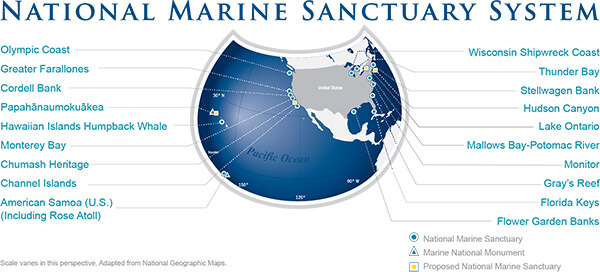
The National Marine Sanctuary system connects people and communities through science, education, and stewardship.